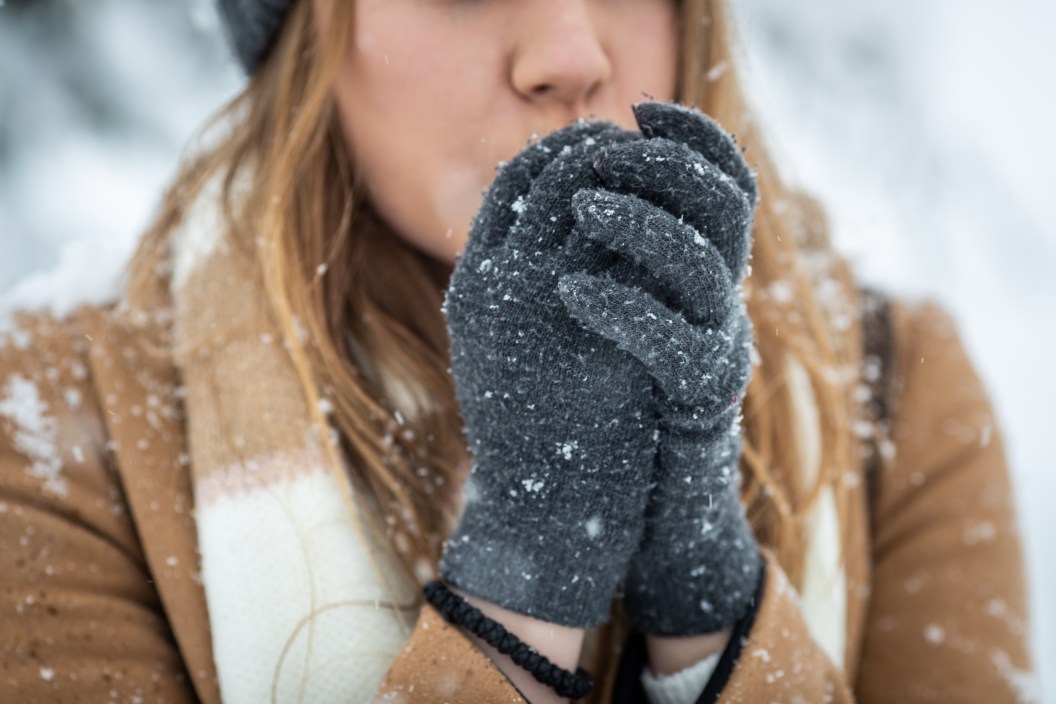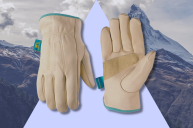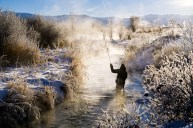I'm a mountaineering guide in Alaska so I spend up to three weeks at a time winter camping, and hiking on glaciers, and handling snow, ice, and small, fiddly equipment every day. I also have Raynaud's disease, which is a fancy way of saying my circulation is terrible. The blood vessels in my fingers spasm and constrict in response to cold—so, I get really cold hands, really fast outdoors. After a few instances of first-degree frostbite, I knuckled down and got serious about keeping my hands warm in any conditions.
Even if you don't have a disease affecting your circulation, chances are if you spend any time outdoors in the winter, you also hate when your hands go tingly and numb and you can no longer feel your extremities.
Luckily for you, I have a lot of first-hand experience in the best way to keep your hands warm during the winter. I've ordered my hard-learned, top 10 tips for warm hands in order of easiest and most convenient to the more gear-intensive options. Trust me—there's a toasty solution in here for everyone.
1. Keep Your Entire Body Warm
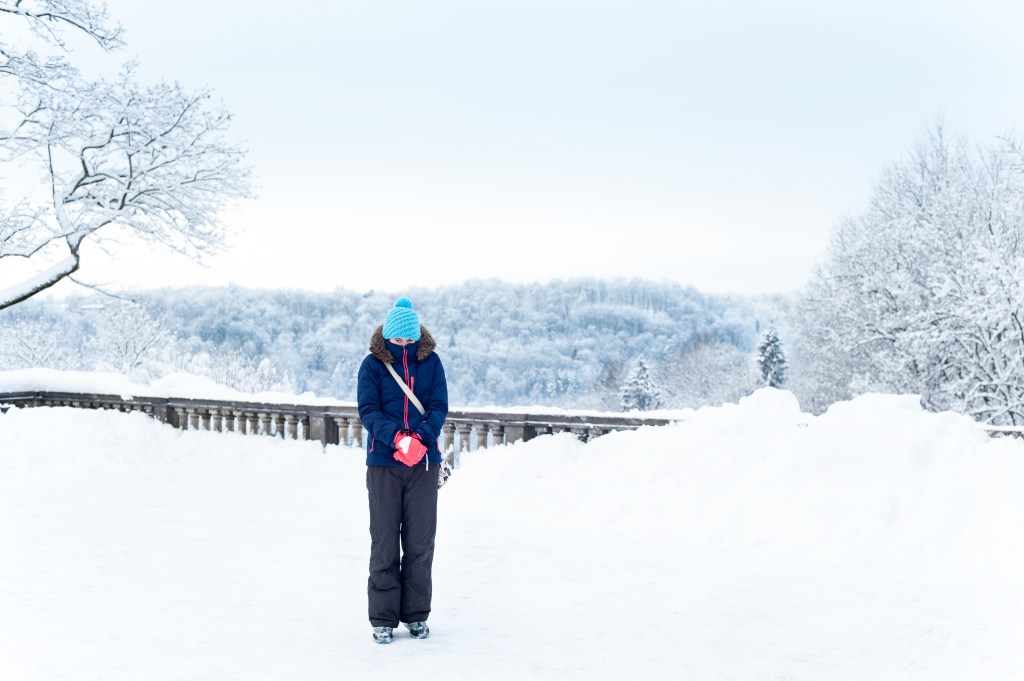
Getty Images, AnnaElizabethPhotography
This is obvious, I know. But it's far easier to stay warm than to get warm, particularly when it comes to extremities like hands, which are far from your heart and have less circulation than your core. Layer your clothing for optimal warmth all over, and put on gloves or mittens before you need them.
Oh, and keep them on!
Pull your jacket cuffs over your gloves to prevent drafts or snow from getting to your hands.
2. Wear Loose-Fitting Clothes
We've already established that your hands are far from your heart and are prone to having poor circulation. The last thing you want to do is contribute to that by wearing tight clothing that can restrict the blood flow. Keep your sleeves and cuffs loose to preserve whatever circulation you have to your hands (but do fasten that velcro cuff to minimize the gap between your sleeve and your gloves).
3. Eat Calorie-Dense Food and Stay Hydrated
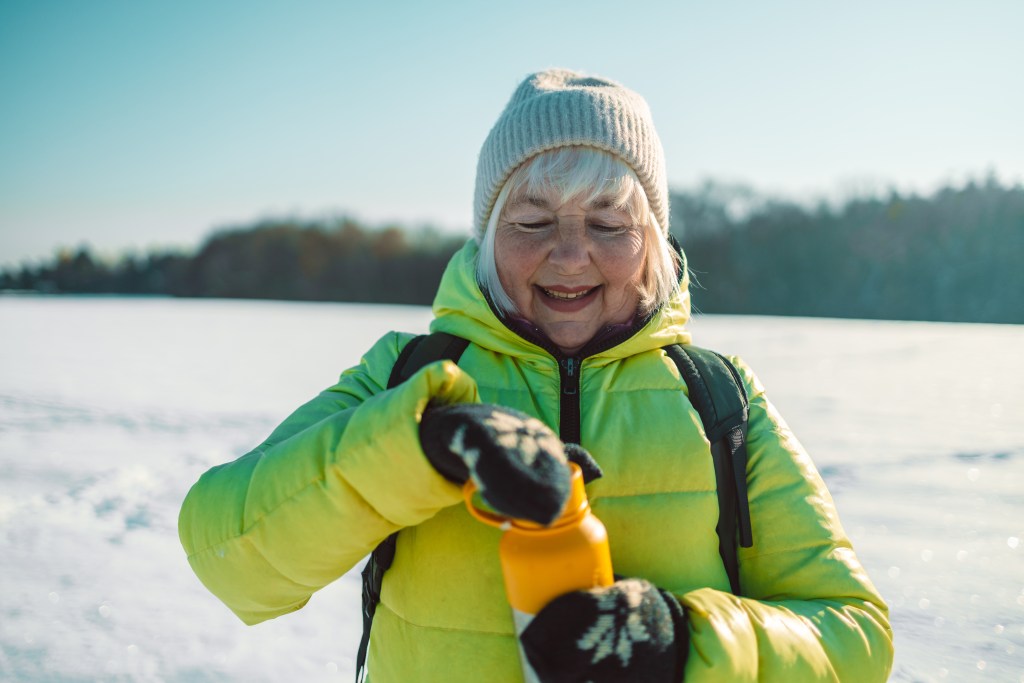
Getty Images, Irina Shatilova
Your body burns far more calories in colder weather than in warm weather, and most of these calories go to keeping you warm. Make sure you are refueling every two to three hours. I snack on calorie-dense, salty foods, like trail mix, constantly in the winter to make sure my body has the fuel it needs to warm itself.
You also need to stay hydrated. Drinking enough water keeps your blood flowing properly; the most severely frostbitten hands that I've seen have been exacerbated by the victim being dehydrated. As drinking cold water can be unappealing in the winter, bring a thermos with tea, or add a drink mix to your water bottle to make it a little tastier.
4. Don't Push Through It!
If your hands are cold, especially if they're numb, don't try to push through the discomfort. The best way to keep your hands warm and prevent frostbite is to address cold hands the moment they come up. Take a few minutes to take care of yourself; you may be preventing an emergency situation later on.
Don't ignore sensations like tingling, numbness, aching, or skin that looks white—these are the first signs of frostbite. Gently rewarm the affected area with warm water, mittens, or your own body heat. Rapid rewarming, hot water, or friction can damage frozen skin. If the warning signs of frostbite don't improve from your efforts, do not attempt to treat it in the field; head to your nearest emergency room.
5. Start Moving
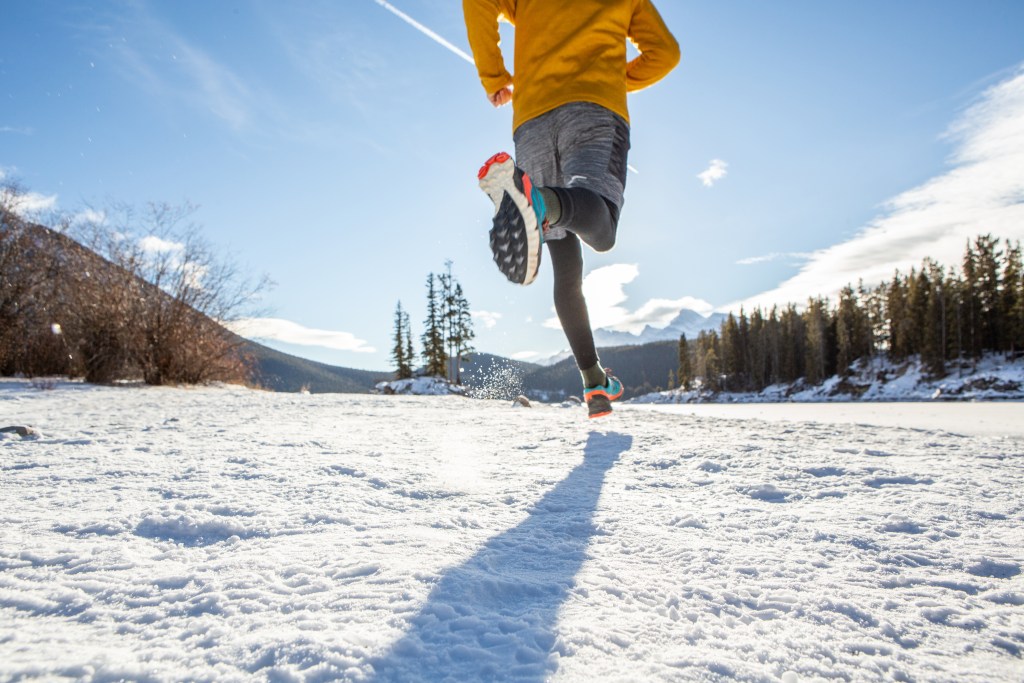
Getty Images, swissmediavision
A friend and mountain guide in Antarctica once told me that "being cold is a choice." And while those are hard words to hear when your hands feel like they're going to fall off, it's a good mentality to have when exploring in the winter.
There's always something you can do to warm up, and one of the best is to get moving and build some body heat. If your hands are cold, try some full-body exercises like jumping jacks to warm up and bring some blood back to your fingers. If you're not in a place where jumping jacks are possible, try swinging or shaking your arms vigorously, or rubbing your hands together to create some friction.
6. Wear the Right Gloves
Take a hard look at your gloves or mittens. They should be warm, waterproof, and windproof. If I don't need much dexterity, I always wear mittens, which are warmer because your fingers are huddled together to share warmth. If it's warmer out or I need to use my fingers, I choose a pair of warm work gloves, such as Kincos. I still always keep a pair of mittens in my pack to change into if my hands get cold.
If I'm going on an overnight trip, I'll take gloves with liners that I can pop out of the shell, like the Black Diamond Mercury Mitts. This way, if my gloves get wet, I can take the waterproof shell off and dry the liners in my sleeping bag overnight.
7. Wear Liner Gloves, Too

Getty Images, Matic Grmek
If it's really cold, or if I need to take my heavy gloves or mittens off to work with my fingers, I wear a thin pair of liner gloves beneath my heavier mitts. They add an extra layer of warmth and prevent my body from having to rewarm my hands every time I need dexterous fingers.
Liner gloves come in all styles, but I like to get the thinnest ones possible—I like the Rab Silkwarm Glove. Because liners add bulk, I also typically size up my outer gloves and mittens to avoid them being overly tight with liner gloves stuffed in, cutting off my circulation.
8. Use Hand Warmers
As a Raynaud's sufferer, I'm never without hand warmers, like the ones from HotHands, in the winter. I keep a pair stashed in the top of my backpack at all times and another in the first aid kit I carry in the backcountry. I'll pop them into my gloves if I can't get my hands warmed up with any of the above tactics, or start the day with them if I know it's going to be really cold. They're cheap and easy to use: Just take them out of their wrap, give them a quick shake, and then put them in your gloves to activate them for up to 10 hours of external warmth.
You can also try placing them on the back of your hands to keep your palms and fingers free. Pro tip: Tape them to the insides of your wrists with athletic tape; this puts them right over the arteries that go into your hands, warming the blood supply and thus, your hands.
9. Use a Hot Water Bottle
A small, 16-ounce Nalgene bottle is one of my go-to pieces of winter survival gear. On really cold days or on overnight trips, I fill this Nalgene bottle with warm water or a hot drink and tuck it inside my jacket to provide extra warmth or wrap my cold hands around it to warm it.
This method was an absolute game-changer for me; now, I forgo an insulated mug in favor of my small Nalgene. Plus, keeping a bottle full of a tasty hot drink will also help keep you hydrated as you drink it after it cools some.
10. If All Else Fails, Splurge on Heated Gloves
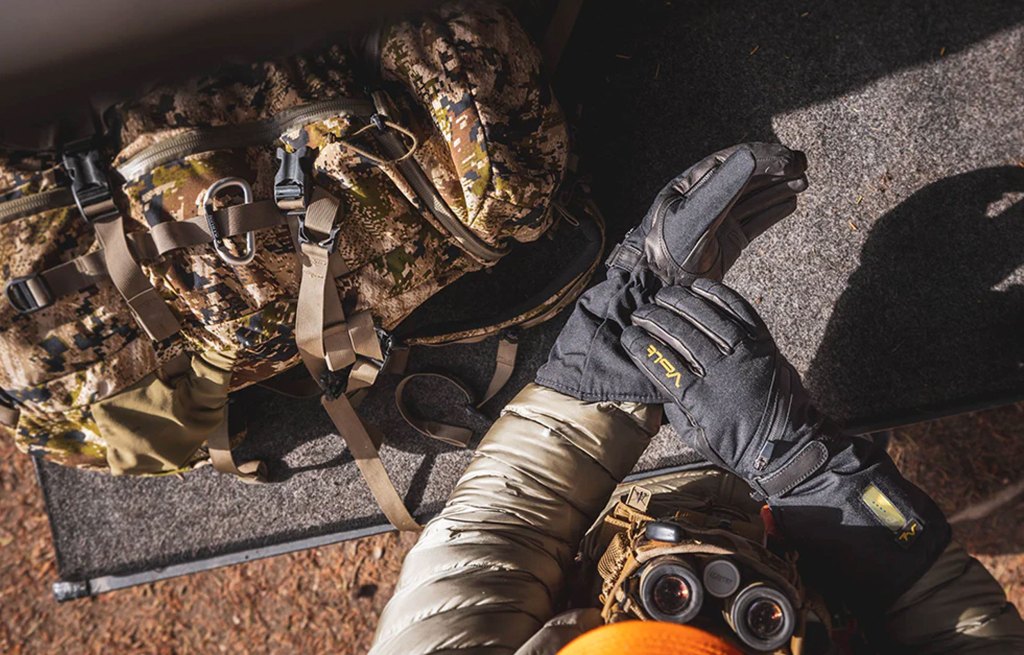
Volt Heat
If all else fails, try heated gloves or mittens, which have small, rechargeable batteries that power a heating element to keep your hands toast. Mittens like the Outdoor Research Prevail Heated Gore-Tex Gloves have a six-hour battery life on the medium setting, and a three-hour battery life on high. While that's plenty for a short day trip, it may not be ideal for longer day trips or overnight trips where you may need more hours of heat. They're also expensive, so you may want to try exhausting the other tips on this list first.
READ MORE: The Best Winter Gloves for Every Outdoor Use
